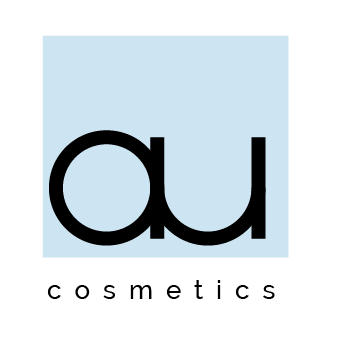February 15, 2023
In recent years, there has been so much controversy, debates, and concerns about many ingredients used in the cosmetics, skincare, and hair care industries. Now we see stores label products as “CLEAN”, but what does “CLEAN” actually mean? Products that are labeled as “CLEAN” have a long list of ingredients that are not included due to health risks they are associated with, two of which are sulfates and parabens.
Sulfates are cleaning agents used in most cleansers and shampoos and they are what makes your soap lather. As well as sulfates clean the skin, they can also be too harsh and strip the skin barrier of the good bacteria it harbors. After long term use, you may notice dehydration that leads to peeling skin, more redness, and more acne than normal. Furthermore, as clean as the scalp becomes after using shampoos with sulfates, long term use can lead to dry and flaking scalp, redness, and itchiness. If you have a sensitive scalp or thin hair, you may want to look into sulfate-free shampoos that will clean your scalp without stripping it of all its beneficial oils.
Sodium Lauryl Sulfate is one of the two most popular sulfates found in products, however it can be irritating and sensitizing. Sodium Laureth Sulfate functions similarly to Sodium Lauryl Sulfate, however it is milder, so it is considered better. However, milder also means that its cleaning power is less than Sodium Lauryl Sulfate. Overall, sulfates are not detrimental to your health, so they won’t cause any illness. If you have any hesitations about using sulfates, there are many sulfate-free options in the market.
Parabens, a family of chemicals commonly used as preservatives in cosmetics, are subject to much debate. Cosmetic products often have more than one paraben in their ingredients (i.e., methylparaben, propylparaben, etc.) as a way to better protect the item and consumer against microbial growth. Parabens have been used for decades in countless consumer products, yet more recent findings highlight the increased health risks associated with the chemical. With the capacity of being an endocrine disruptor by acting like estrogen, parabens can harm normal reproductive system functions by reducing fertility and affecting birth outcomes, as well as increasing risks of cancer overtime since the chemical can also bioaccumulate in the body.
Despite these findings and health concerns associated with parabens, there are still no regulations for them by the FDA and are still “generally recognized as safe” (GRAS). The Cosmetic Ingredient Review (CIR) even concluded parabens to be safe even in large doses in 1984 which they reaffirmed in 2012. As such, parabens remain a disputed ingredient in cosmetic products given that they are deemed safe and lack the regulation to limit or cut their presence in consumer products, yet have been linked to several detrimental health issues upon additional research findings on the chemical family.
It is unclear whether on not parabens are inherently “bad” when official institutions recognize its safety, but marketing efforts on parabens more noticeably place them on the negative side. With hair products, skincare, and more items being labeled as “paraben-free” which promotes the idea of the absence of such substances being beneficial to them being exposed to consumers, fear-mongering becomes a contributor for companies for profit from. Often, many consumers are uninformed about the properties of each ingredient in a product and fail to research the information themselves so there is a dependency on labels in the packaging as companies and product developers capitalize this. Fear is a selling for consumers who are uninformed and it is up to consumers to educate themselves on ingredients of interest like parabens to give more reassurance to the products they are using.
Xoxo,
Freya and Karen




